|
Listen to post:
Getting your Trinity Audio player ready...
|
Survey Reveals Confusion about the Promise of SASE
Prioritizing between network security and network performance is hardly a strategy. Yet, Cato’s recent industry survey with non-Cato customers, Security or Performance: How do you Prioritize?, shows that de facto 2045 respondents (split evenly between security and network roles), need to – or believe they’ll have to – choose between security and performance.
Nothing too earth-shattering there; Gartner and other industry leaders have long reached the conclusion that Secure Access Service Edge (SASE) is the suitable network to support both security and performance needs of the digital business. So, unless using SASE, enterprises would inevitably end up having to compromise between the two.
But here’s what is shattering (and particularly confusing): Albeit the fact that the essence of SASE is never having to choose between security and performance; the 8.5% of respondents already using non-Cato’s SASE revealed an unavoidable need to compromise between them – similar to non-SASE users.
Why the Confusion?
We believe this confusion is due to vendors claiming to provide a SASE platform, where in reality they’re merely offering a portfolio of point solutions, packaged into what they misleadingly call SASE. This state was anticipated by Gartner with an explicit warning that “vendor hype complicates the understanding of the SASE market.”1
A true SASE solution – one that supports both security and performance requirements – must converge SD-WAN and cloud-native security services (FWaaS, SWG, CASB, SDP/ZTNA) in a unified software stack with single-pass processing. This approach boosts performance, increases security, and reduces overall network complexity. Deploying point-solutions patched together from so-called SASE vendors, doesn’t add up to a real SASE service. This can’t offer the enhanced security and optimized performance of a converged platform. Yet, this is the SASE service respondents know, hence their confusion is apparent across the survey.
For example, when asked how they react to performance issues with cloud applications, reactions of SASE and non-SASE users were similar. 67% of SASE users would add bandwidth, and 61% of non-SASE users claimed the same. 19% of SASE users would buy a WAN optimization appliance, as 21% of non-SASE users indicated as well.
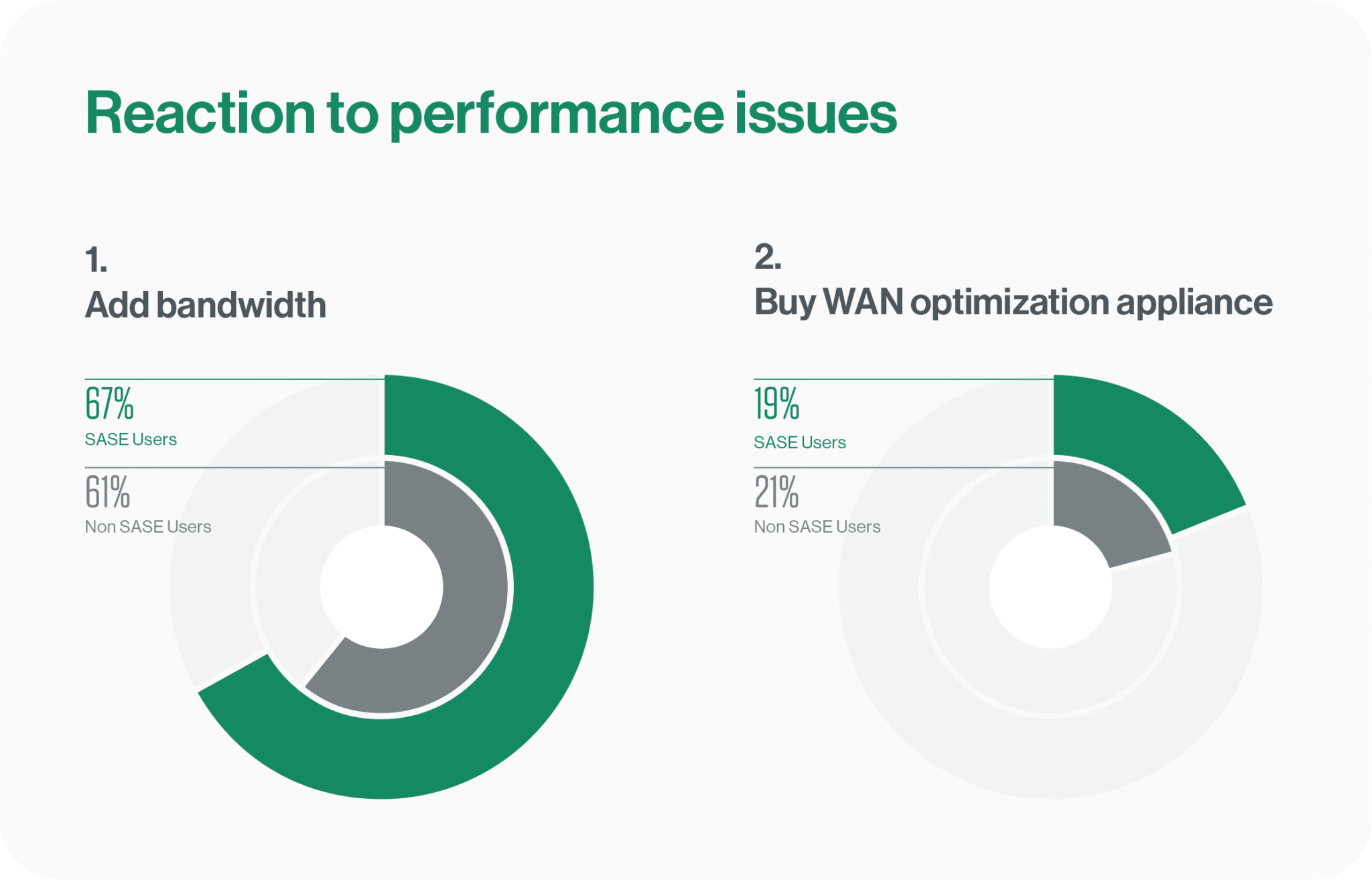
Evidently SASE users are still suffering from performance issues, and they are forced to add point solutions accordingly. This slows down performance and makes their network more complex and less secure.
Confusion on this topic was even more noticeable among SASE users, where 14% (compared to 9% among non-SASE users) admitted they simply don’t know what to do in case of performance issues. Here are some examples of answers: “Ignore and pray it goes away,” “wait it out – ugh,” “suffer through it,” “don’t know,” and “not sure.”
Improving remote access performance was one of the three main business priorities for all respondents. This makes perfect sense in the new work-from-everywhere reality; and this is one of the most straightforward use cases of SASE. Yet even here, SASE and non-SASE users experience the same problems. 24% of SASE users vs. 27% of non-SASE users complain about poor voice/video quality. Slow application response received the same 50% from both SASE and non-SASE users.
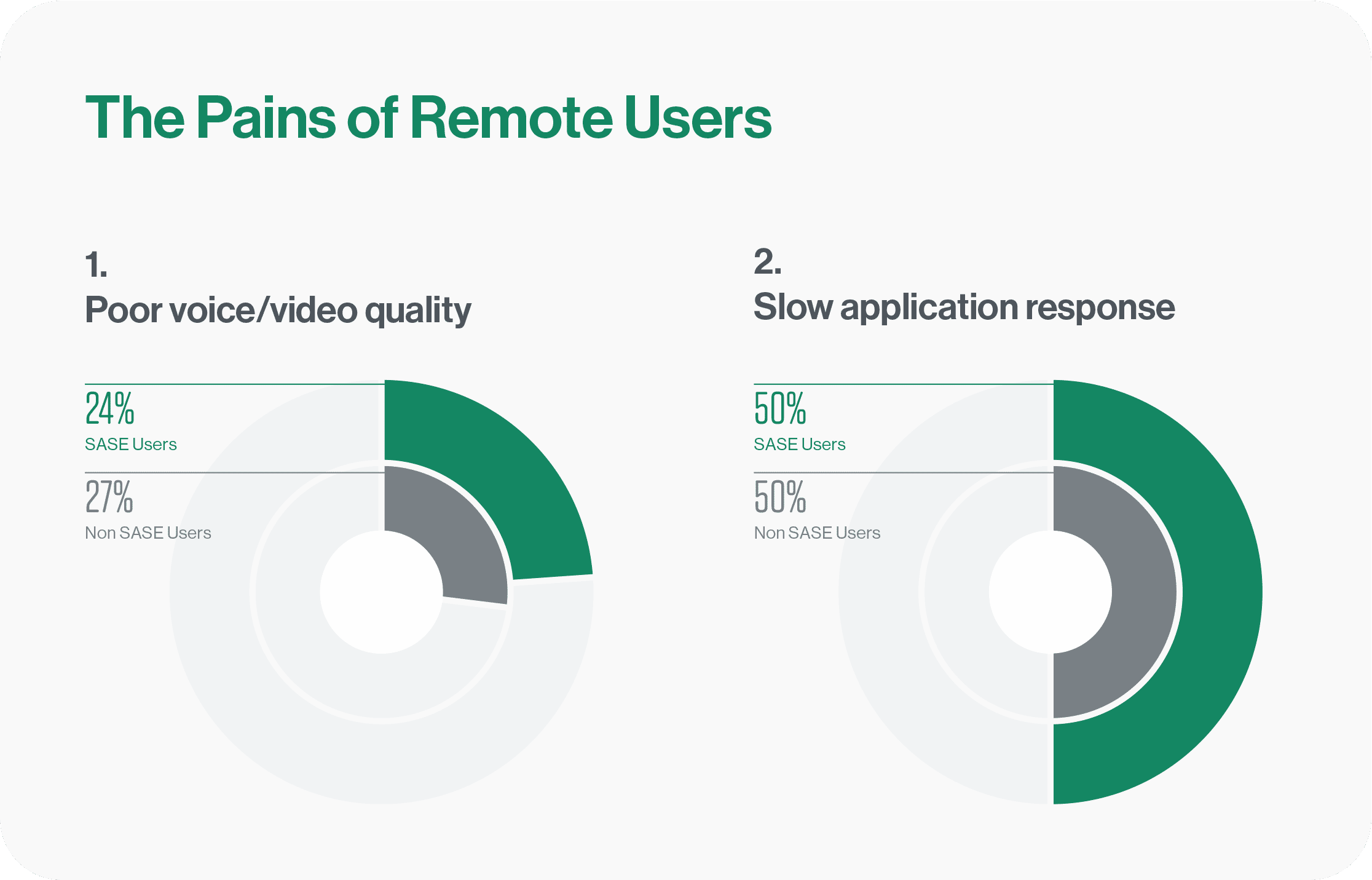
Respondents were also asked to rate the level of confidence in their ability to detect and respond to malware and cyber-attacks. Here too, results across the board were highly comparable. On a scale of
1-10 the average answer for SASE users was 4, and for non-SASE users 3.
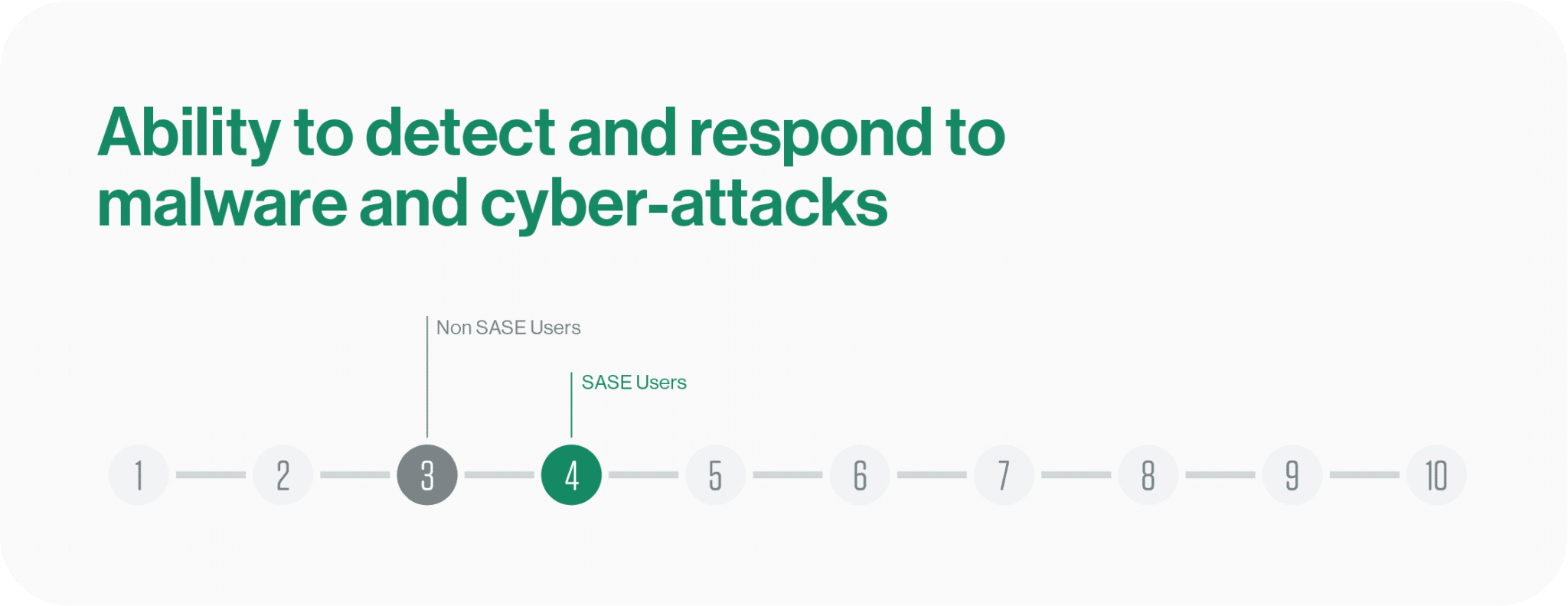
Both answers indicate a low level of confidence in dealing with critical situations that can severely impact the network. Although Gartner claims that SASE is the future of network security, for these respondents it’s as if having SASE makes no difference at all.
What to expect when you’re expecting…SASE | Find OutMaking Sense of the Confusion
Respondents already using SASE are confused – and probably disappointed – from their first experience with what was presented to them a SASE service. Be aware of vendors that take an appliance, convert it to a virtual machine, host it in the cloud and call it SASE. Unfortunately, this sounds like trying to deliver a Netflix-like service from stacking thousands of DVD players in the cloud. And, from the very beginning, Gartner advised to “avoid SASE offerings that are stitched together.”
We’re honored that Cato SASE Cloud users present the flip side of this confusion. Aligned with Gartner’s SASE framework, we deliver a converged, cloud-native platform that is globally distributed across 70+PoPs, and covers all edges. As opposed to confused respondents using so called SASE services, our customers clearly understand the value of SASE and have no dilemma when it comes to security and performance. SASE is not a trade-off between performance and security efficacy, but rather the convergence of both.
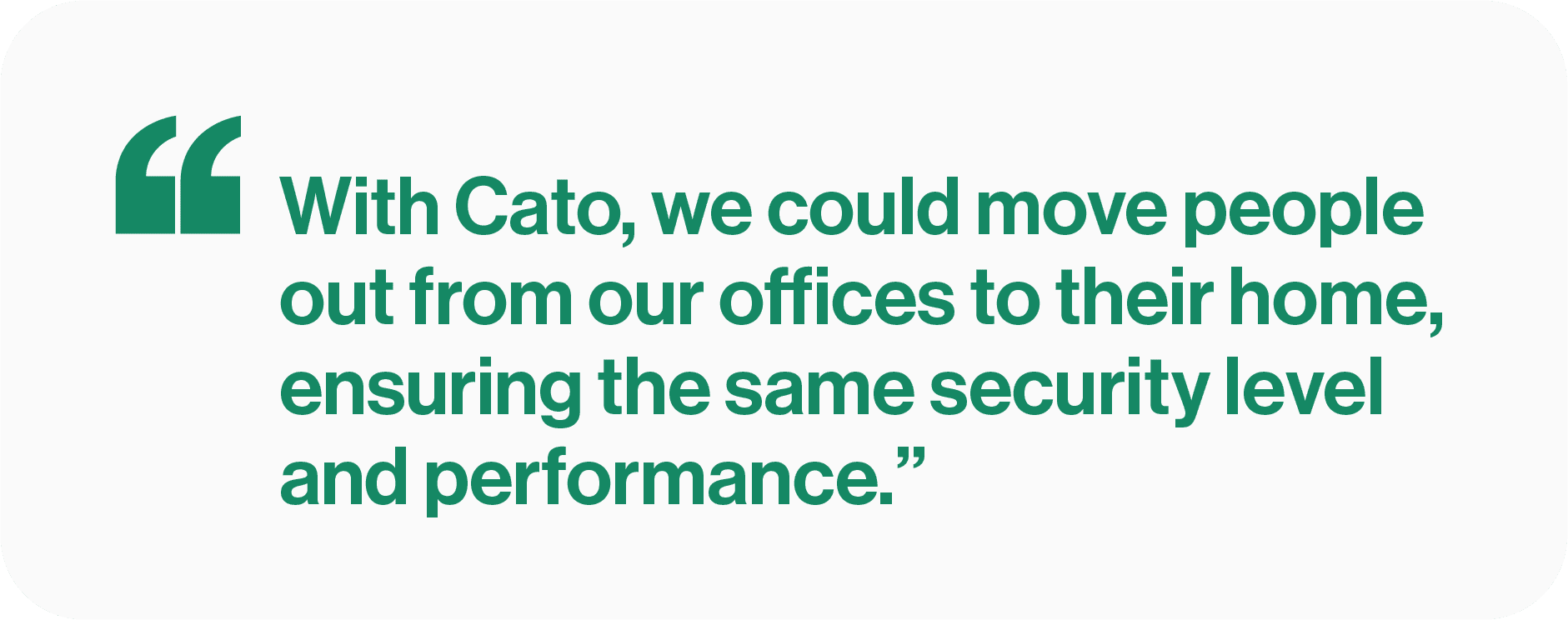
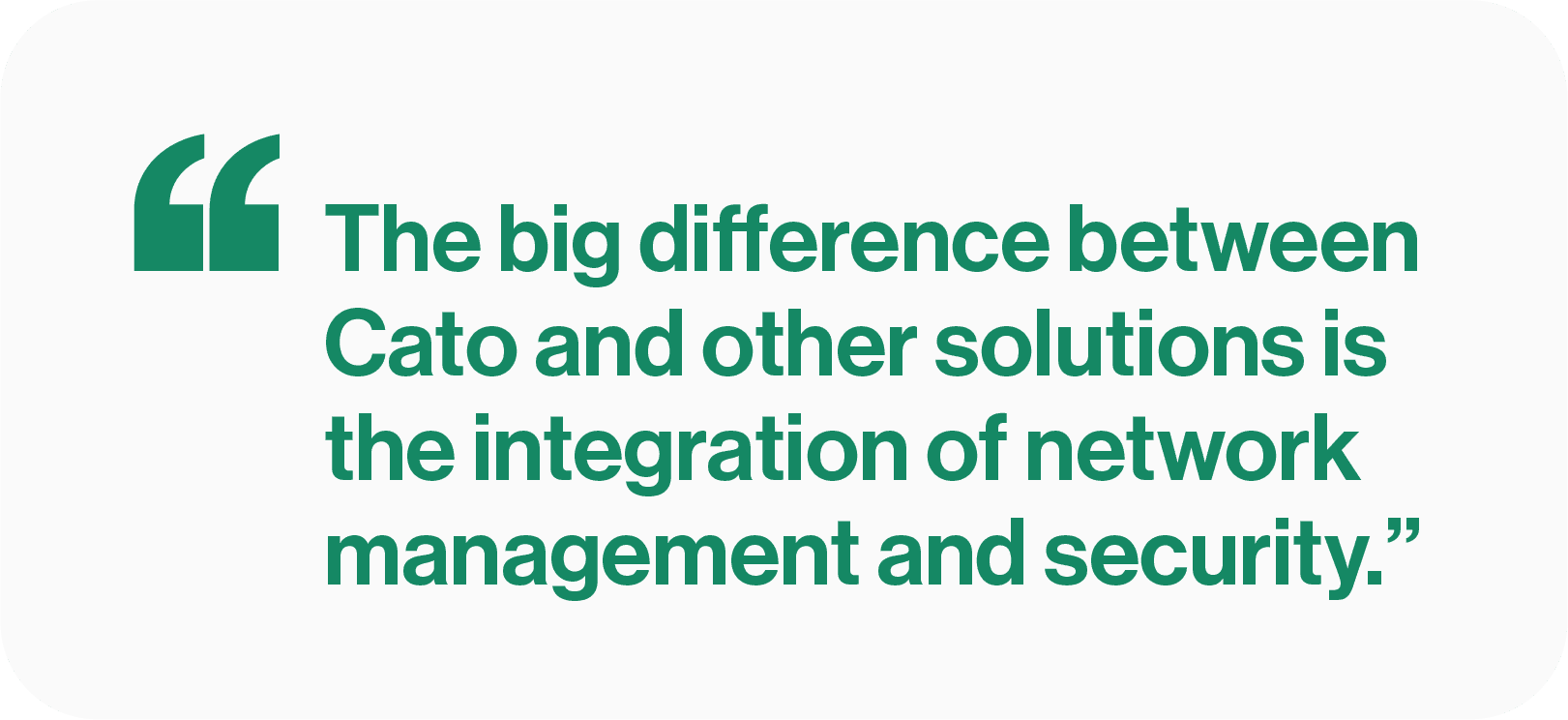
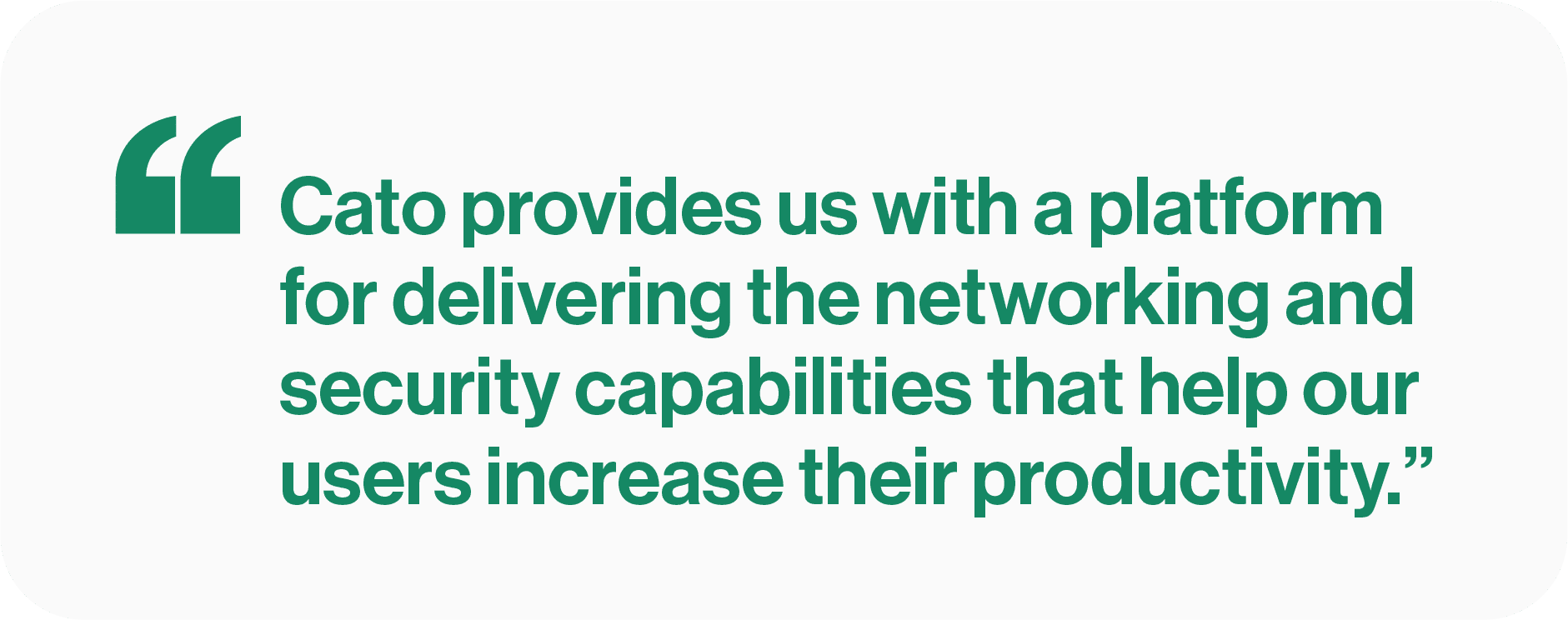
“The business is moving very fast. Now with Cato we can match that speed on the network side.”
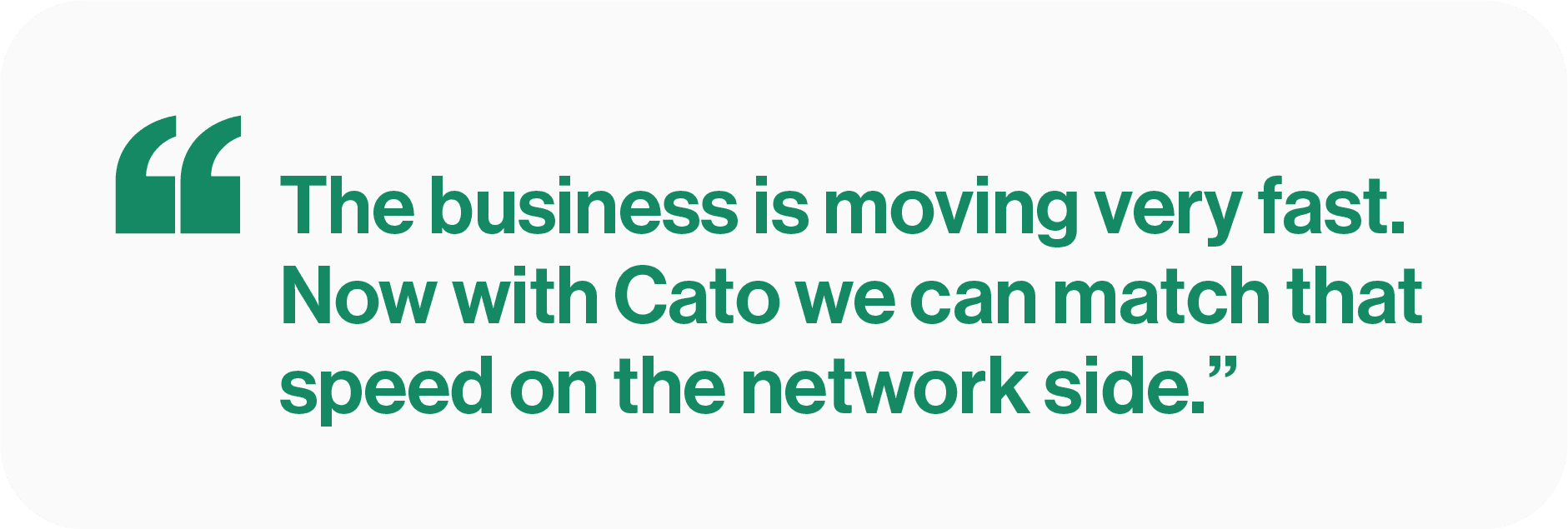
What about all those non SASE users? What’s their strategy?
Only 29% indicated they have no plans to deploy SASE.
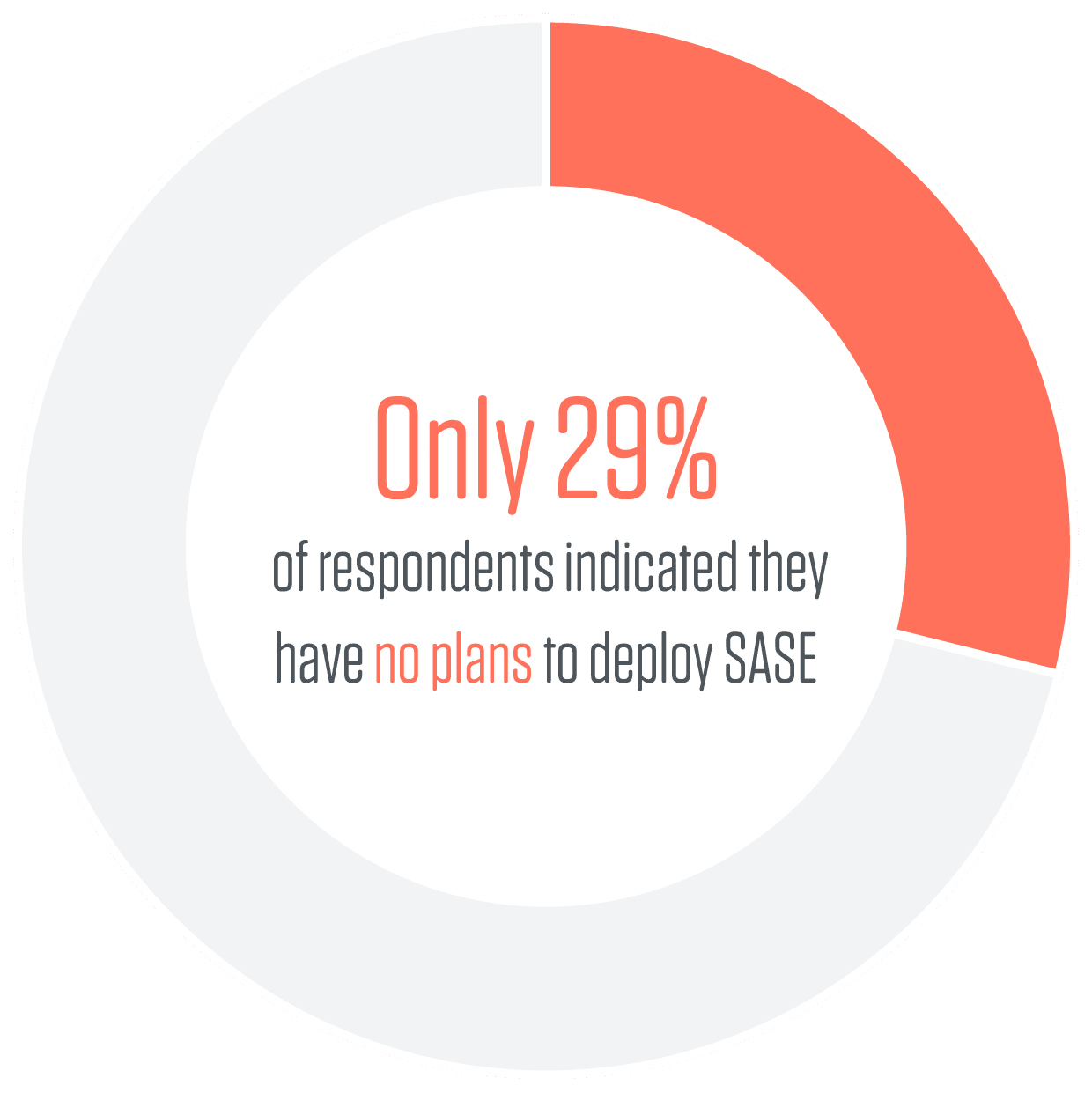
Clearly, respondents realize the value of SASE and admit that SASE is a must; the question for them isn’t if to migrate, but rather when. This is also in line with Gartner’s prediction that “by 2025, at least 60% of enterprises will have explicit strategies and timelines for SASE adoption.” Let’s hope these respondents are introduced to true SASE offerings and enjoy both security and performance. No compromising…










